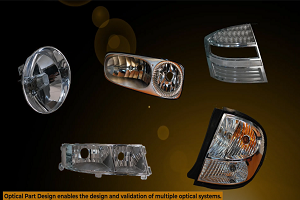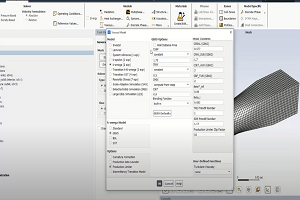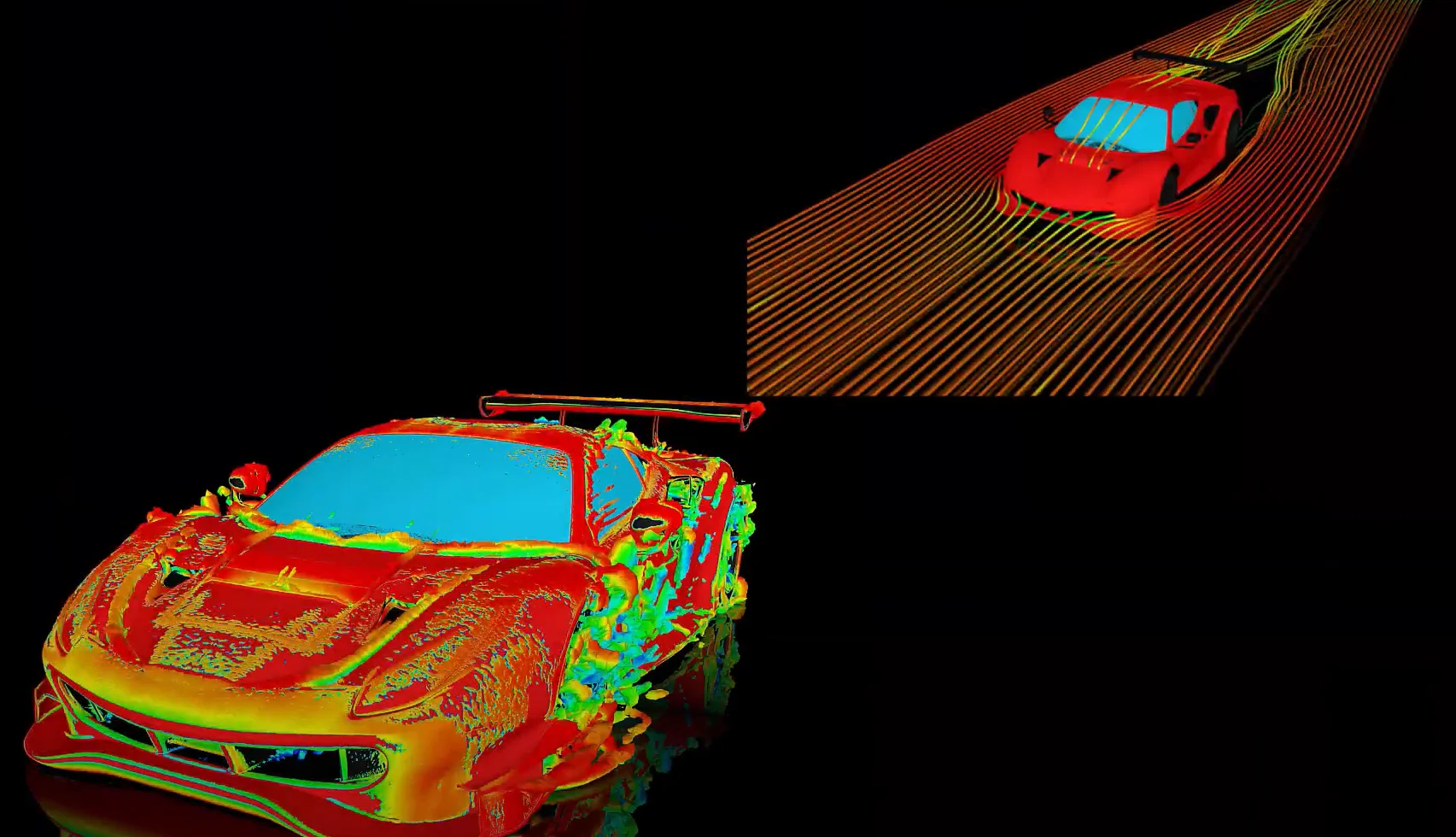-
-
June 6, 2022 at 8:45 am
 Watch & LearnParticipant
Watch & LearnParticipantThis video demonstrates how to use ANSYS Fluent to describe fluid cavitation using Multiphase Models. Workbench is then used to manage design points and plot a drop curve. ANSYS Fluent computational fluid dynamics CFD software includes well validated capabilities to deliver fast, accurate results for the widest range of simulations.
-


Introducing Ansys Electronics Desktop on Ansys Cloud
The Watch & Learn video article provides an overview of cloud computing from Electronics Desktop and details the product licenses and subscriptions to ANSYS Cloud Service that are...

How to Create a Reflector for a Center High-Mounted Stop Lamp (CHMSL)
This video article demonstrates how to create a reflector for a center high-mounted stop lamp. Optical Part design in Ansys SPEOS enables the design and validation of multiple...

Introducing the GEKO Turbulence Model in Ansys Fluent
The GEKO (GEneralized K-Omega) turbulence model offers a flexible, robust, general-purpose approach to RANS turbulence modeling. Introducing 2 videos: Part 1 provides background information on the model and a...

Postprocessing on Ansys EnSight
This video demonstrates exporting data from Fluent in EnSight Case Gold format, and it reviews the basic postprocessing capabilities of EnSight.

- Solver message during DPM calculation: “number of stepsize underflows during particle integration step is x”. What does it mean and how to get rid of it?
- ANSYS Fluent: Efficient Modeling of Spray Breakup using VOF-to-DPM Transition
- What is the difference between the VOF model and the Eulerian model?
- Mixing Tank Modeling in ANSYS Fluent
- ANSYS Fluent: Describing Cavitation in a Centrifugal Pump
- Hydrodynamics and Wave Impact Analysis
- Simulation of Exhaust Gas Recirculation (EGR) Cooler with CFD
- Optimizing Solid Distribution in Continuous Stirred-Tank Reactor
- What is the superficial velocity in multiphase flows?
- What do “incomplete” DPM particle tracks mean?

© 2024 Copyright ANSYS, Inc. All rights reserved.

